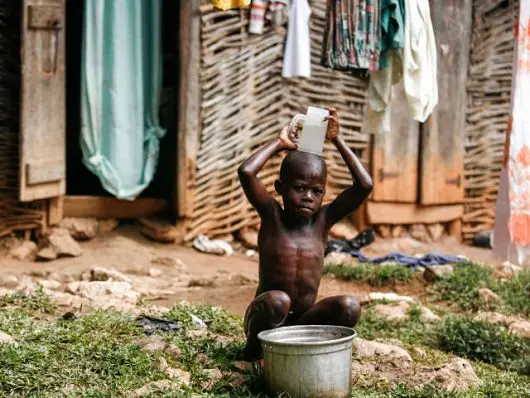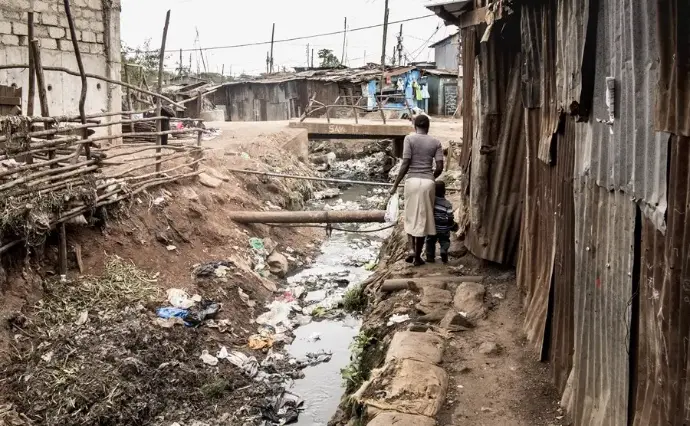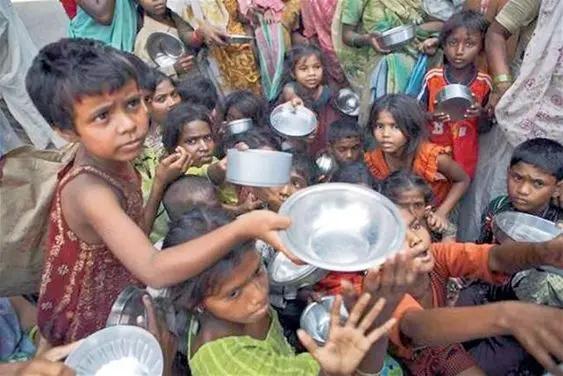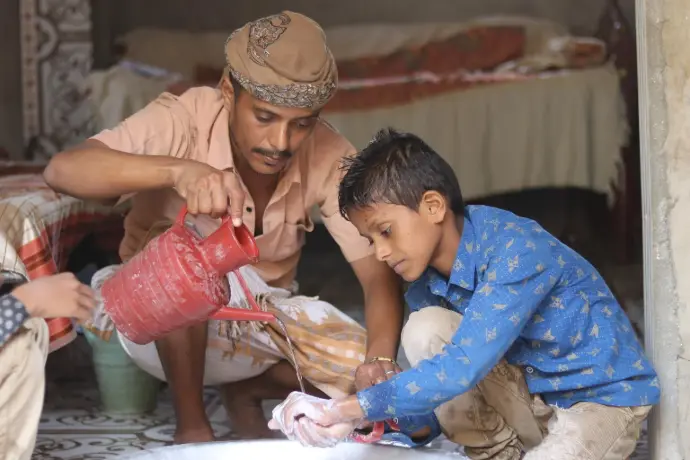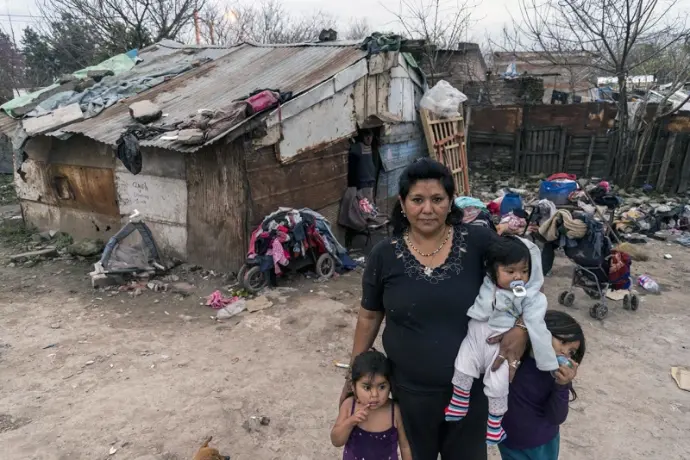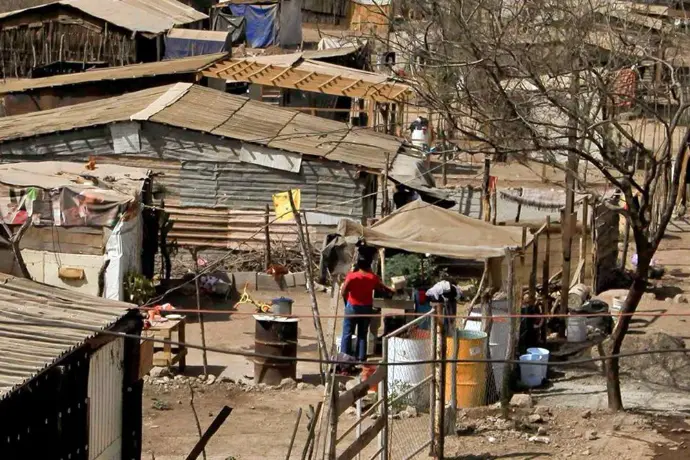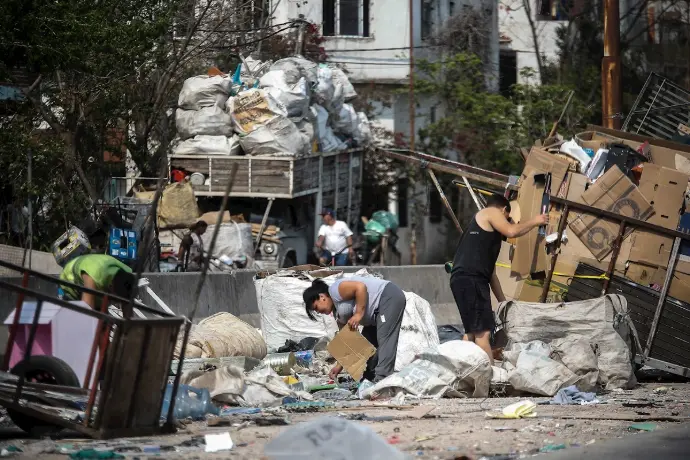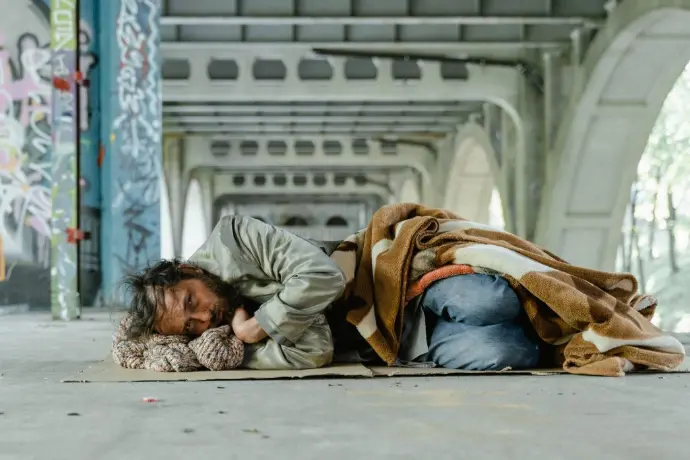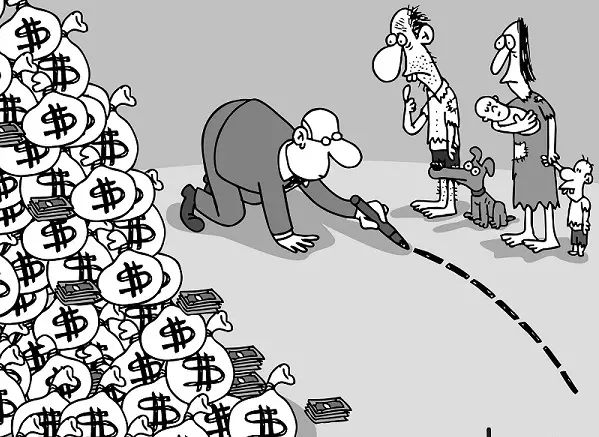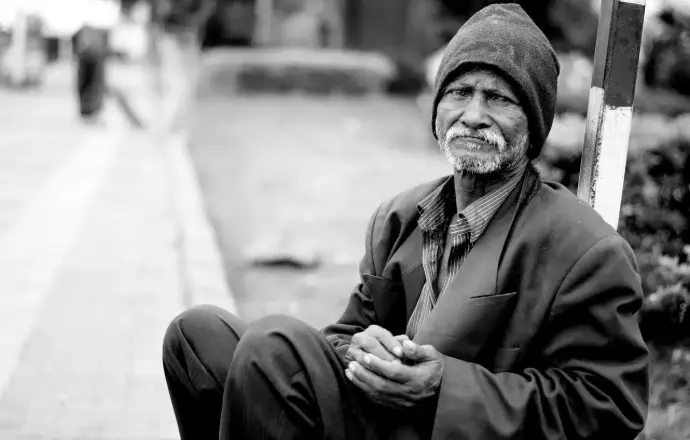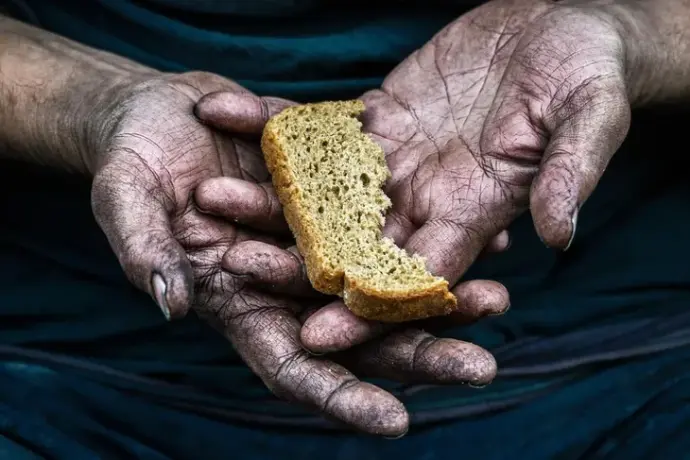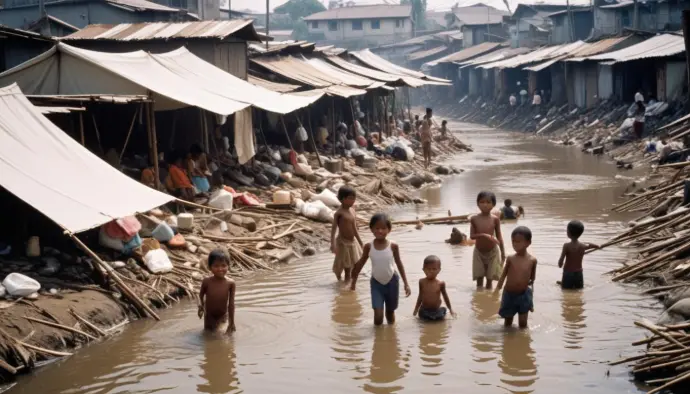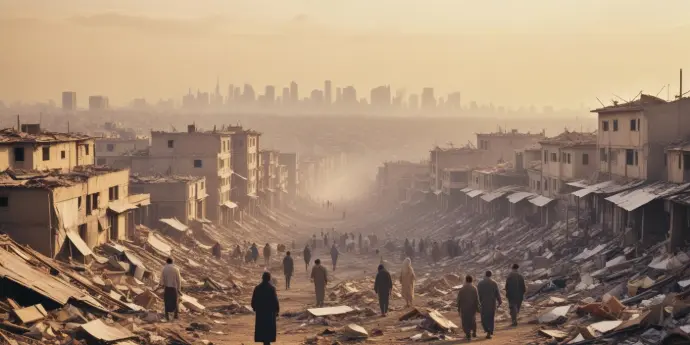Poverty: What it is, types and causes
Poverty is living conditions in which there is a severe deprivation of basic human needs.
What is poverty?
Poverty is living conditions in which there is a severe deprivation of basic human needs.
Key points
- Poverty means not having access to basic needs such as food, clean water, housing, health, education and information.
- The UN and the World Bank are key authorities in defining and fighting poverty.
- Poverty is more common in developing or underdeveloped countries.
Put much more simply, poverty is a situation in which people do not have the basics to live well. This means they lack access to food, clean water, health services, a home, education, and the ability to receive important information. When someone cannot obtain these essential elements, they are in poverty. The United Nations (UN), which is an important authority on these issues, works to reduce poverty in the world. This effort is especially important in less developed countries or those that are in the process of development. Poverty, as a general rule, is more intense in countries that are underdeveloped, as well as in developing countries.
As we were saying, the United Nations (UN) establishes a list of conditions that try to measure what is considered poverty and what is not. In this sense, other institutions such as the World Bank also establish a relationship. However, the UN is the most authoritative organization on issues of poverty and inequality on the planet. For this reason, the conditions established by the UN are the following:
- Access to food.
- Drinking water.
- Health.
- Health.
- Living place.
- Education.
- Information.
The measurement is carried out by a series of parameters that have been defined by a series of institutions. In this sense, the UN, the World Bank, the International Monetary Fund, as well as a series of other organizations, are in charge of creating a series of indicators that measure the poverty that exists on the planet.
Among these indicators, the following should be highlighted:
- Human development index (HDI).
- Human poverty index (HPI).
- Gini index.
- Poverty gap.
Thus, these indicators are the most used by the aforementioned institutions to measure the level of poverty shown by the countries.
Types of poverty
Among the existing types, we can distinguish a series of types that try to measure different situations and conditions. A list of types that try to break down said measurement, facilitating it and allowing greater control. Among the existing types, the following should be highlighted:
It is necessary to highlight that there are a series of factors that end up generating great inequalities between the inhabitants of the planet. This difference results, in certain cases, in the fact that there are people who do not have the necessary resources to cover their basic needs. In this sense, depending on the territory, the causes that originate it are variable and very particular. Each economy has certain peculiarities that lead to this situation of scarcity for many families.
Among these causes the following should be highlighted:
- Corruption.
- Diseases, epidemics and pandemics.
- Inequality.
- Population growth.
- Wars and armed conflicts.
- Weak business fabric.
- High unemployment rates.
- Climate change.
- Misuse of food.
- Poor distribution of income.
- Deficit in international cooperation.
Poverty is a serious problem that can affect any economy. It entails a series of adverse effects for society, deteriorating the quality of life. The most significant consequence is that, once established in a region, the economy can become trapped in a vicious circle from which it is quite difficult to escape.
Consequently, in an economy with limited resources, there is less chance of attracting the foreign investment necessary to promote projects that generate wealth and improve the lives of its inhabitants. Furthermore, the repercussions of poverty on a community can be varied and profound. Among them, we can highlight the following:
- Higher mortality due to lack of medical and nutritional resources.
- A stagnant economic development, with infrequent innovations, since investments are scarce.
- An increase in the prevalence of diseases, since precarious living conditions facilitate their spread.
- Increase in violence and crime, as desperation can lead some to illicit acts.
- Mental disorders can arise or be aggravated by constant stress and lack of psychological support.
- Cases of modern slavery or forced labor, especially in informal sectors.
- The formation of criminal organizations, which often feed on social hopelessness.
- A poor educational level, since resources for education are limited.
- In general, insufficient human development that affects all areas of life.
As for the solutions, we find a situation similar to that of the causes. Depending on the territory where you intend to correct this problem, it will be necessary to carry out a series of measures or others. In any case, they must be well planned and adapted to the conditions of the economy in question. In this way, we propose those most important solutions:
- Construction of the necessary infrastructure so that the population can live in hygienic conditions. An example may be the sewage network.
- Training programs for the population.
- Foreign investment that promotes business initiatives.
- Medical facilities.
- Guarantee the nutrition of the inhabitants.

